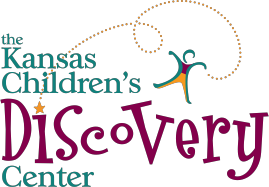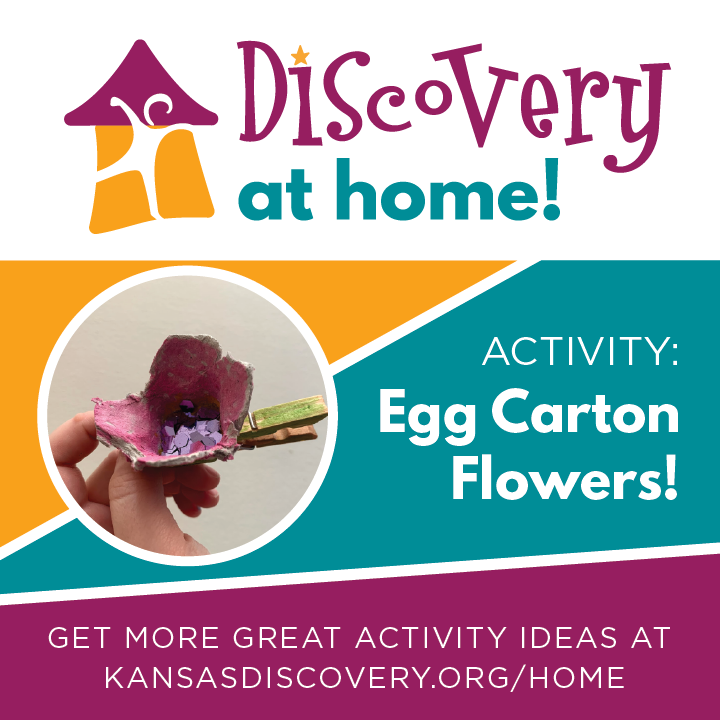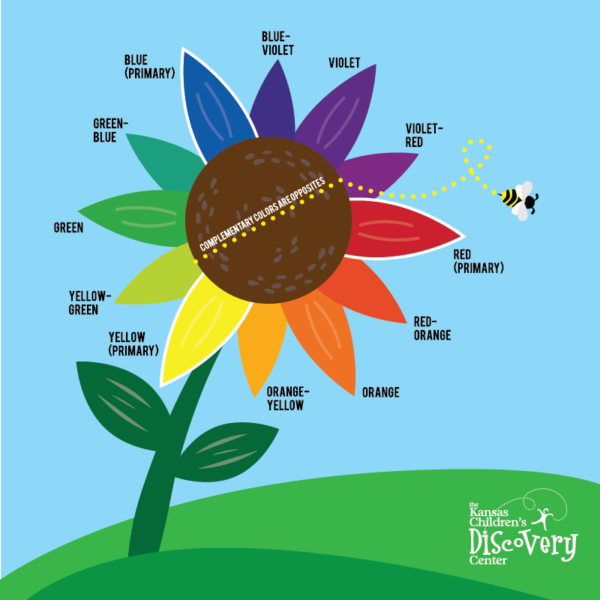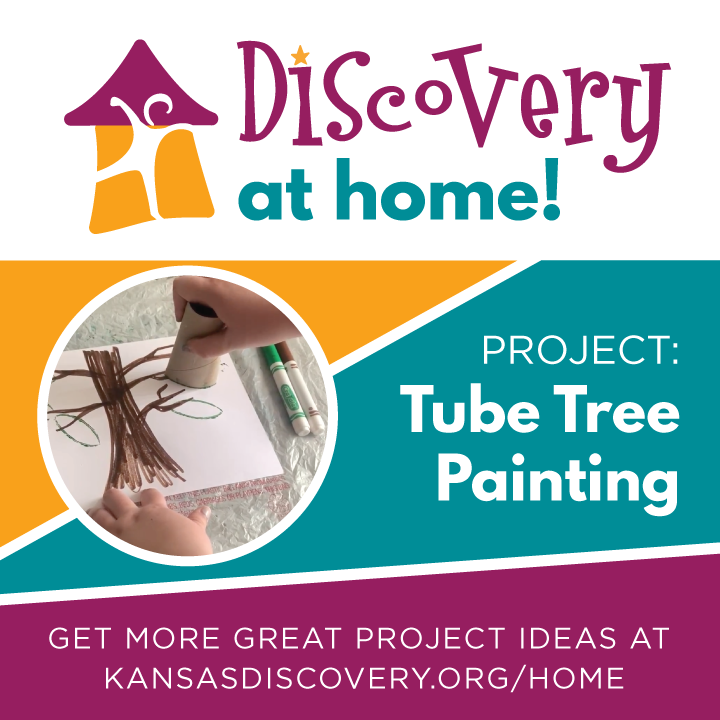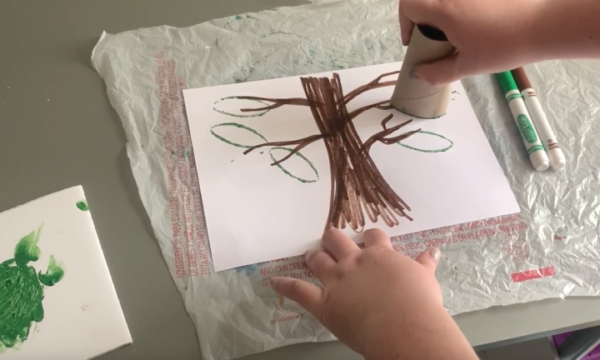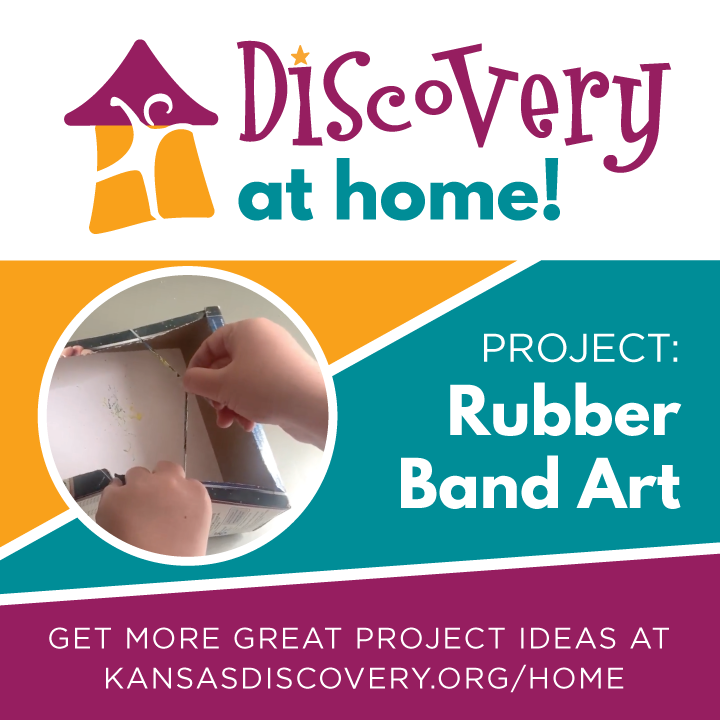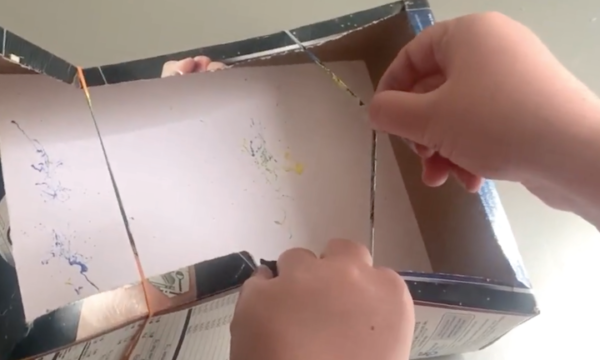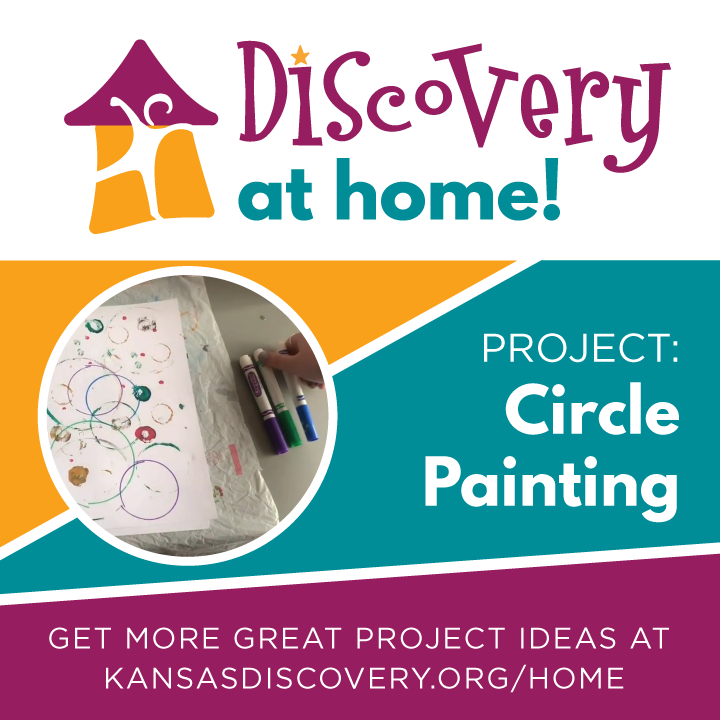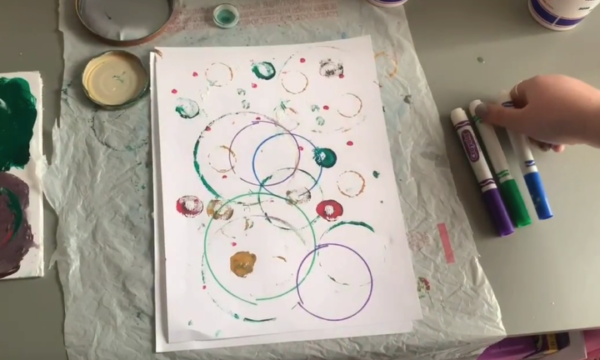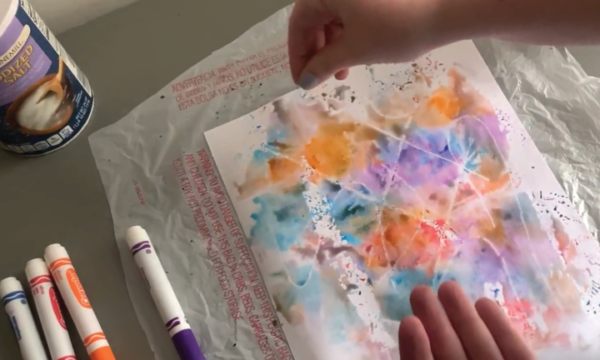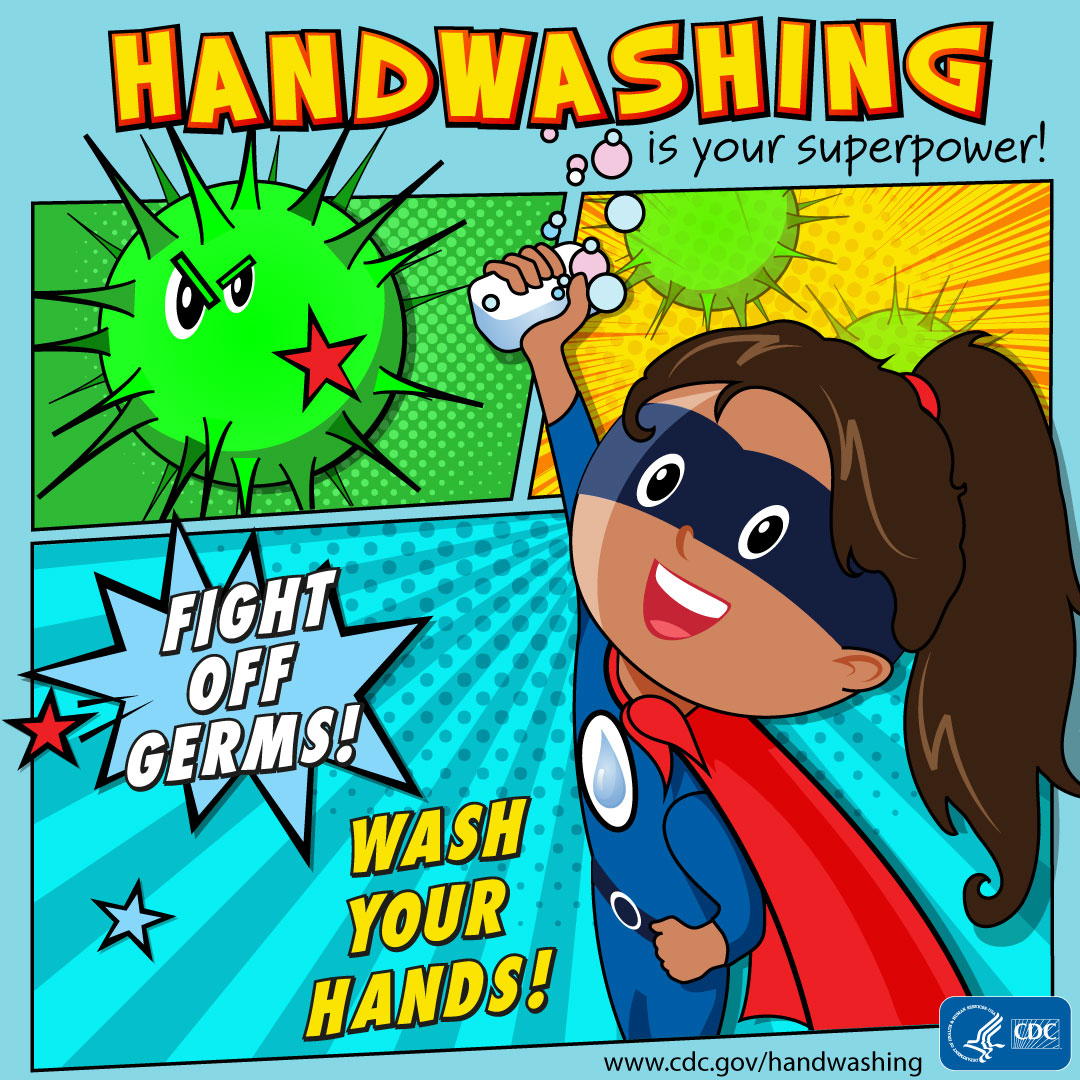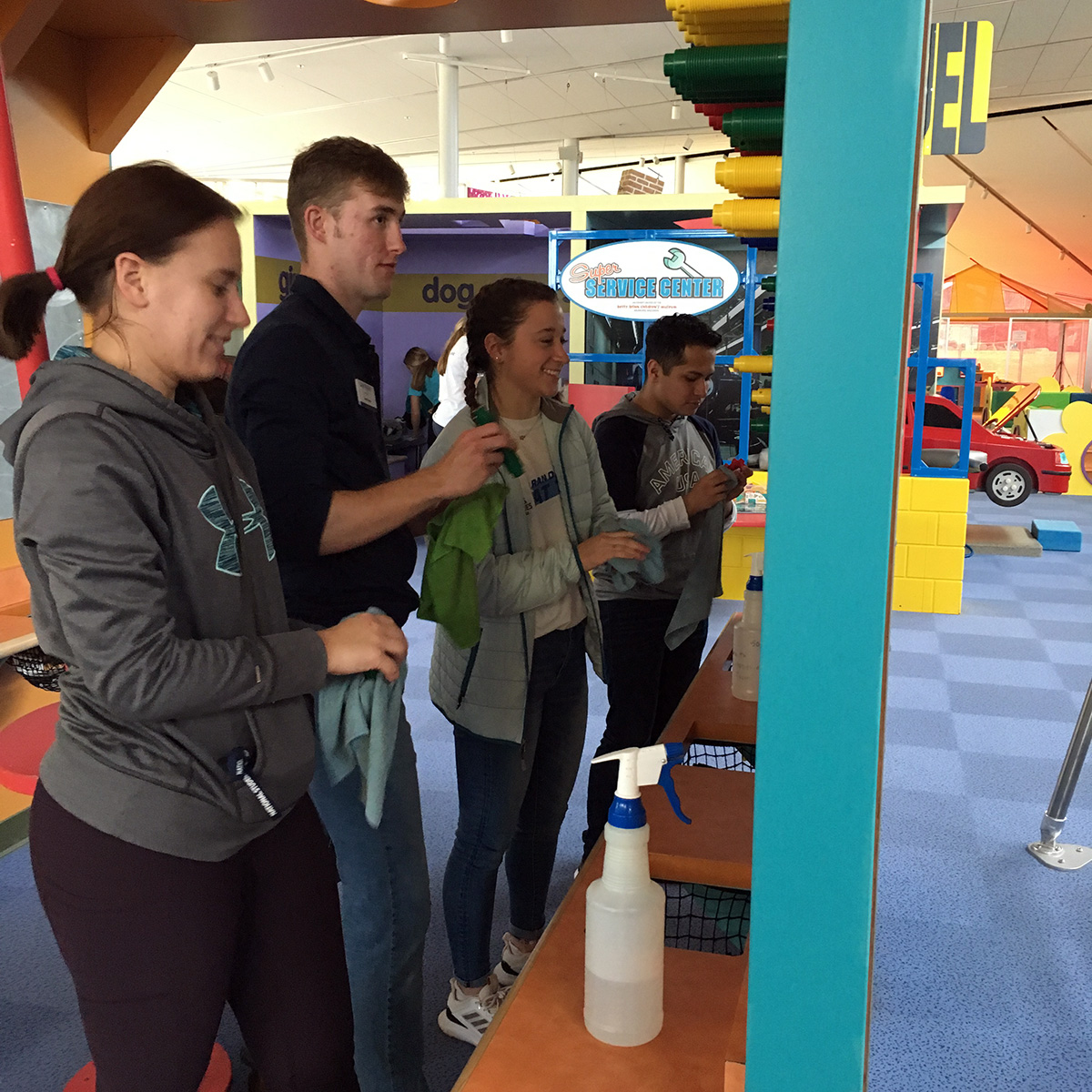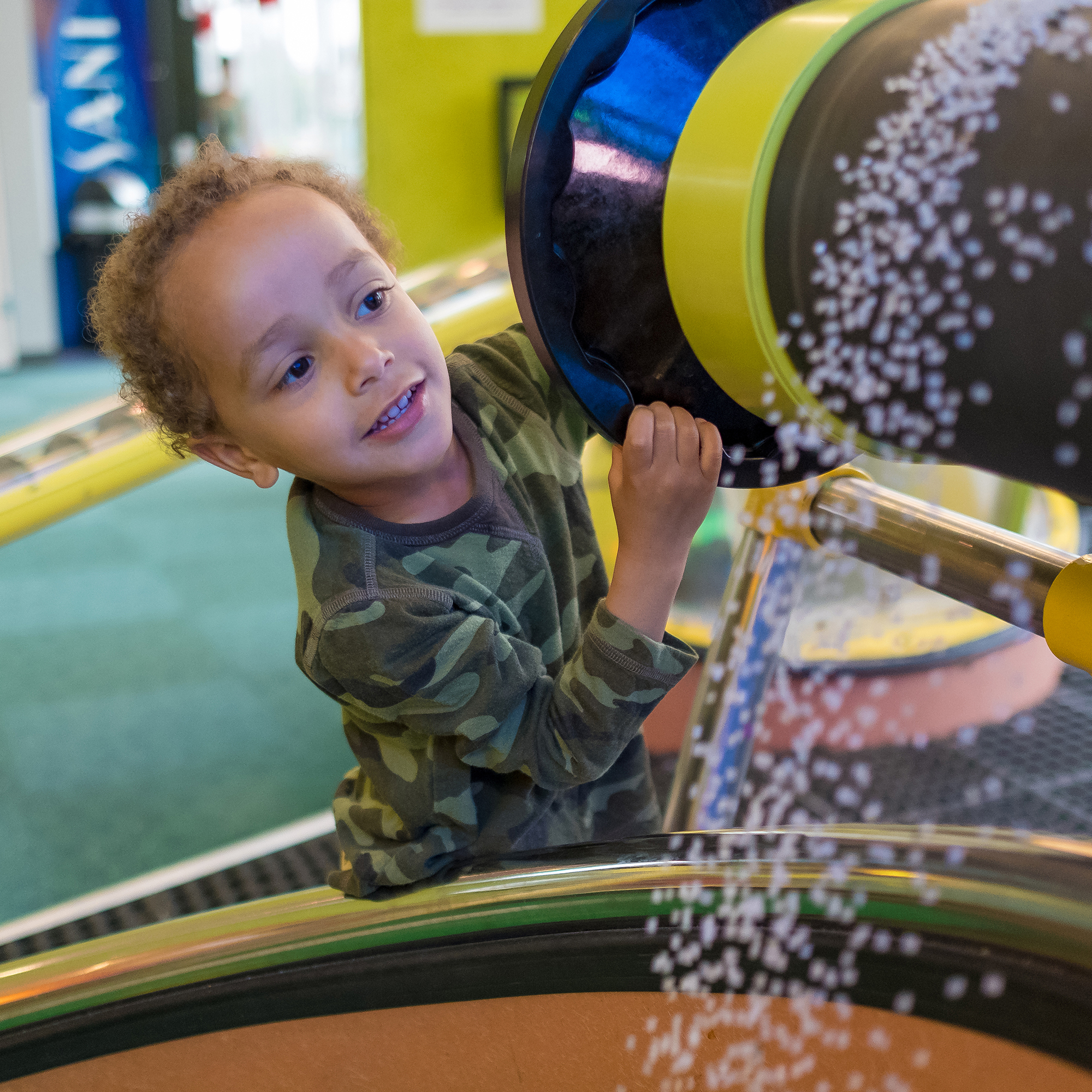What you need:
- 1 Egg carton.
- Scissors.
- Paints, markers or crayons.
- Glue.
- Piece of paper.
- Popsicle stick or pipe cleaners.
- Ribbon, string or yarn.
- Clothes pins.
- Pencil/pen.
- Button, sequin, glitter glue or felt cotton ball.
Directions:
- Cut off the sections of the egg carton that would hold each egg. This will be your flower shape.
- Paint or use markers or crayons to color a flower on your egg carton piece.
- You can attach your flower in various ways such as:
- Poke a hole through the center of the flower. Then cut some string and thread it through the hole and tie a knot. You can either hang it or wear it as a bracelet.
- Attach your flower to a clothes pin with glue.
- Poke a hole through your flower and attach a pipe cleaner.
- You can also use a pen/pencil and poke a hole through your flower and use it as a pen/pencil topper.
- Add a button, sequin, glitter glue or a felt cotton ball to the center of your flower
How to Expand it?
- What other ways can you think of to display your flowers?
- Make a flower look like a flower you’ve seen before or a flower in your yard.
- Draw, paint, or add an insect to your flower, such as a bee or butterfly.
- Try making paper flowers or running your own flower shop
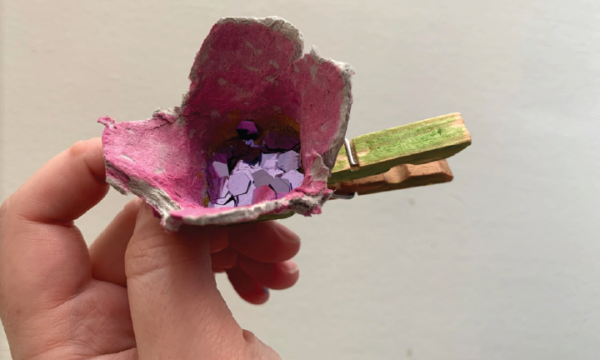
What Kids Learn:
- Fine motor skills. Kids practice using the small muscles in their hands later used for writing.
- Symbolic thinking, or the ability to think about one thing representing something else. When small children begin to connect a paper flower to the flowers they see in the yard, they start building the connections in the brain that allow for reading and learning later.
- The purpose of a stem! Stems support the leaves and the flower petals which help keep them in the sunlight. The stems also store nutrients and transport fluids from the roots to keep the flower alive.
- Why are flower petals colorful? Flower petals are colorful because the color attracts birds, bees and other insects. The insects land in the flower and spread pollen, which helps fertilize the flowers and create seeds which will then make more flowers!
- Vocabulary:
- Anther: Oval shaped structure which holds the pollen.
- Filament: Tube like shape which holds the anther upright for pollinators such as bees and butterflies.
